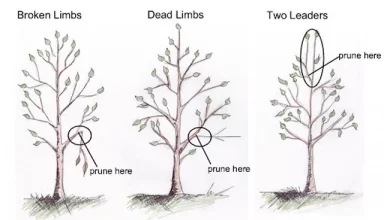Sow Gardenias: [Care, Planting, Watering, Substrate]
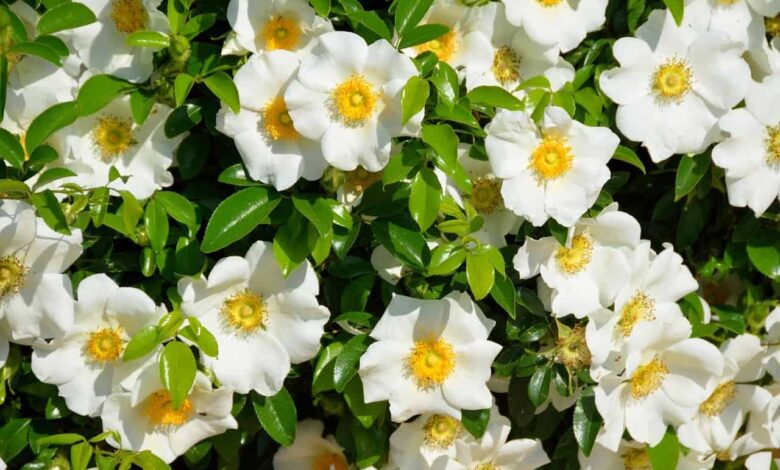
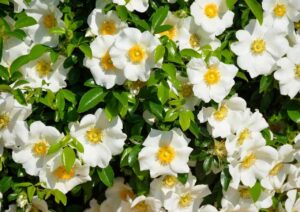 The Gardenia or Gardenia jasminoides is a beautiful indoor plant that brightens our home with its abundant flowering of wonderful colors and spectacular jasmine scent.
The Gardenia or Gardenia jasminoides is a beautiful indoor plant that brightens our home with its abundant flowering of wonderful colors and spectacular jasmine scent.
It comes from southern China, but its popularity has spread across the globe.
It belongs to the Rubiaceae family and some 100 different species of very fragrant flowers have been identified , with good aromas.
Worldwide, they are known as a symbol of forgiveness, peace and spirituality, since they are considered to be carriers of positive energies, since they invade spaces with a delicate aroma that we can hardly reject. They have been used as feng shui plants .
It will never stop blooming if it receives the necessary care, with proper pruning, watering and transplanting.
It is a shrub with deep green perennial lanceolate leaves and its flowers reach up to 10 centimeters and up to twelve creamy white petals, but in pot its size can reach up to one and a half meters.
Maintaining them requires knowing certain keys, because they are somewhat delicate and need conditions and preferential treatment so that they are always healthy.
- Common name : Gardenia orCape Jasmine
- Botanical name : The most popular cultivated species is Gardenia jasminoides (also called Gardenia augusta or Gardenia grandiflora ).
- Flowering period :Usually from May to June, with some varieties blooming untilfall.
- Height / spread: Gardenias are available in shrub, tree, and dwarfforms, many of which are suitable for potting. They typically grow to a height of 90 to 250 cm with an equal distribution, depending on where they are grown.
- Flower characteristics : The color is typically white, with single, semi-double or double flowers.
- Foliage : Glossy, dark green leaves, 61 to 120 cm long. Even when gardenias are flowerless, the glossy emerald green foliage, which is almost as beautiful as the flowers, will be pretty all year long.
Temperature: Where to plant gardenias?
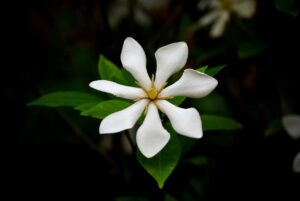 The ideal ambient temperature should not exceed 30 ° C, nor can it be lower than 15 ° C at night.
The ideal ambient temperature should not exceed 30 ° C, nor can it be lower than 15 ° C at night.
It is one of the plants with the best adaptation indoors, but it should never be near sources or places of continuous heat, because they will quickly dehydrate. And in external spaces the climate that it will endure must be cool.
Place it in a bright living room or room, where the temperature is between 10 to 15 ° C.
In winter , you also have to protect it from blizzards and frosts. It does not tolerate extreme temperatures.
Light: What needs does the gardenia have?
The direct sun does not suit you either. Good light sites do very well, but not direct sunlight, because it will quickly run out to death.
It is also key to know that in full growth the sun cannot bathe them directly.
Substrate and Compost: How do we prepare the soil?
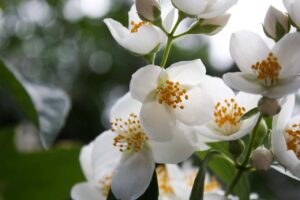 The abundant flowering of gardenias is one of its main characteristics, so if you want to stimulate it to make it look even more spectacular, use a good special fertilizer recommended by a store you trust.
The abundant flowering of gardenias is one of its main characteristics, so if you want to stimulate it to make it look even more spectacular, use a good special fertilizer recommended by a store you trust.
The compost should be special for flowering plants .
This is essential so that they are always well fed. And do it only shortly before spring begins , so that the minerals present in the compost help in the flowering and growing season.
They must be mixed with the irrigation water, every three weeks, from early spring to autumn.
But being an acidophilus plant, it needs to live in soils with a more acidic pH than normal, close to a value of 5 and rich in organic matter.
An incorrect pH will cause yellowish leaves due to the absence of iron . You can use iron sulfate .
An unsuitable substrate or soil will affect its leaves, which will express their discomfort by turning yellowish. Avoid that by using substrates like chestnut, peat moss, or heather soil .
Gardenia pruning
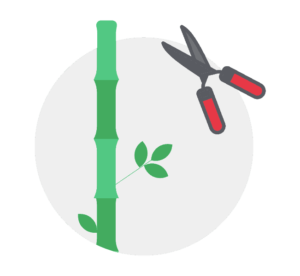 Another simple way to encourage flowering is with a pruning where all the flowers and withered leaves are removed.
Another simple way to encourage flowering is with a pruning where all the flowers and withered leaves are removed.
Otherwise, it will not prosper. The correct time is just before spring starts.
Irrigation: How and how often?
A very important fact to keep gardenias always in the best condition is that they are very sensitive to calcareous water. The indicated thing is to water them with mineral or rain water, to guarantee that they will always retain their freshness.
If the water in your area is rich in lime, don’t use it to water your gardenias. This will kill them. Replace it with bottle water and add a little vinegar to acidify it. It also serves lemon.
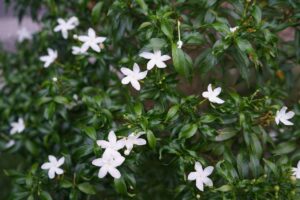 Likewise, it should be noted that gardenias need constant humidity that can be achieved by placing a bed of clay in balls or gravel, in order to reproduce the natural humidity conditions in which they grow: tropical regions.
Likewise, it should be noted that gardenias need constant humidity that can be achieved by placing a bed of clay in balls or gravel, in order to reproduce the natural humidity conditions in which they grow: tropical regions.
When the weather is very hot, frequent fine sprays on its leaves are very appreciated by this noble plant, which will give you its best flowers between spring and summer .
Irrigation must be constant, around every three days in summer and every ten in winter , but without the plant drowning in water. It is best to wait for the soil where it grows to dry out between each watering.
And whenever you can, feel the moisture in the earth by touching it with your fingers.
In autumn and winter, as with most plants, the waterings will be much more spaced and reduced, they should be applied only when the substrate dries completely.
Gardenia pests and diseases
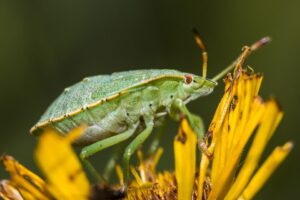 Be on the lookout for gardenia pests like aphids , mealy bugs, whiteflies , root nematodes, and bed bugs .
Be on the lookout for gardenia pests like aphids , mealy bugs, whiteflies , root nematodes, and bed bugs .
Aphids are the most common and can be treated with a solution of one part liquid soap and one part water. Spray both the top and bottom of the leaves.
This same soapy solution will often treat mealy bugs and scales as well.
If you suspect that your gardenias have spider mites, you can confirm this by shaking the leaves on a white sheet of paper. Fold the paper in half and check for red spots. Treat spider mites with neem oil (Note: This will also work for the pests listed above).

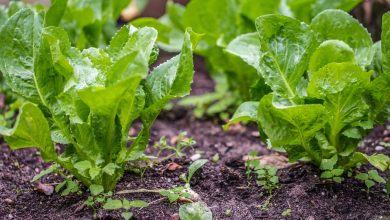
![Photo of Mulch: [Examples, Materials and How to Make a Homemade One]](https://www.complete-gardening.com/wp-content/uploads/2022/08/mulch-examples-materials-and-how-to-make-a-homemade-one-390x220.jpg)
![Photo of Prune a Mandarin: [Importance, Time, Tools, Considerations and Steps]](https://www.complete-gardening.com/wp-content/uploads/2022/08/prune-a-mandarin-importance-time-tools-considerations-and-steps-390x220.jpg)
